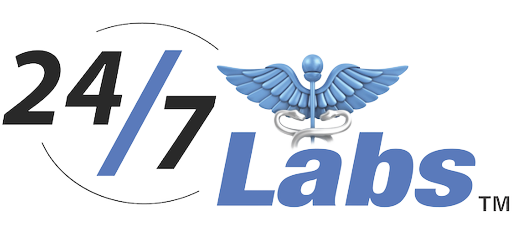Stroke- Symptoms And Treatment
A stroke is the result of a ruptured or destroyed blood vessel carrying blood to the brain. Therefore, there is a loss of blood flow in certain parts of the brain. Hence, brain cells did not get much oxygen and nutrients they need and the brain cells start to die within a few minutes. It can cause severe damage, long-term disability, or even leads to death. It is very severe damage and needs immediate medical treatment. Therefore, early treatment can save you from brain damage and other complications. It can also increase the chances of rehabilitation and recovery. According to a study by the CDC, stroke is the fifth leading cause of death in the United States.
Types of Stroke
There are two types of stroke-
- Ischemic stroke– Ischemic stroke is due to a blood clot that blocks a blood vessel in the brain. It is a common stroke. 80% of strokes are ischemic.
- Hemorrhagic Stroke– Hemorrhagic stroke is the result of a ruptured or destroyed blood vessel.
Symptoms of stroke
If someone is having a stroke, you should pay attention to the time symptoms began. Some common signs and symptoms of a stroke are-
- Trouble in speaking and understanding others- You may experience slurring words, confusion all the time, or may feel difficulty in the understanding speech of others.
- Paralysis- You may feel paralysis or weakness in your face, arm, or leg. This may affect the half side of your body. In this condition, what you can do is try to raise both your arms at the same time, if one of your arms falls, you may be having a stroke.
- A problem in one or both eyes- Maybe suddenly your vision will be blurry or blackened in one or both eyes. Also, you may see double.
- Headache- You may feel a sudden headache with vomiting, dizziness, or altered consciousness. They all are indications that you are having a stroke.
- Trouble in walking- You may lose your balance and may feel a loss of coordination. You may also feel Stumble and sudden dizziness. Due to this, you are unable to walk properly.
Some common symptoms of stroke in women-
- Nausea or vomiting
- Hallucination
- Pain
- Weakness
- Shortness of breathing
- Fainting
- Lack of responsiveness
- Behavioral changes
Treatment
Treatment of stroke depends on the type of stroke, whether you are having an ischemic stroke or hemorrhagic stroke.
Ischemic Stroke
Doctors quickly restore blood flow to your brain. Doctors can do this by several methods-
- Emergency IV Medication- In this therapy drugs are used to break up a clot and have to be given within 4.5 hours from when symptoms started. In addition, it is called the gold standard treatment for ischemic stroke. This drug dissolves the blood clot and restores blood flow in the brain.
- Emergency Endovascular procedures- In this procedure ischemic stroke inside the blocked blood vessels is treated directly. It reduces long-term disability after the stroke and it has been shown to significantly improve outcomes.
- Direct delivery of medicines into the brain
- removing the clot with a stent retriever
Hemorrhagic Stroke
Treatment mostly focuses on controlling the bleeding and reducing the brain pressure caused due to excess fluid. Treatment options are-
- Emergency measures- Your doctor may give you some drugs to lower the pressure in your brain, lower your blood pressure, and prevent seizures. If you are taking blood-thinning medications to prevent blood clots then, your doctor may prescribe you some drugs to counteract the blood thinners’ effect.
- Surgery- Your doctor may perform the surgery to remove the surgery and relieve the pressure on your brain if the area of bleeding is large. Surgery may also help in repairing blood vessel problems associated with hemorrhagic stroke. Your doctor may also recommend one of these procedures after having a stroke or any other problem in the blood vessel that can cause a hemorrhagic stroke.
- Stereotactic radiosurgery- It is an invasive treatment used to repair blood vessels malformations using multiple beams of highly focused radiation.
To sum up, a stroke is a medical emergency. It is a common complication that causes psychiatric disturbance. You should act fast if you or someone in your family is having any symptom of stroke. Stroke survivors and carers experience complex challenges in managing medications early after stroke. So, patients need support who are living alone and are on multiple medications. We can explain the deficits of a stroke by the circulation of the brain, area of the brain, or even both. Also, rapid assessment is rapid and critical. Stroke can be life-threatening and is best as treated as soon as possible.



